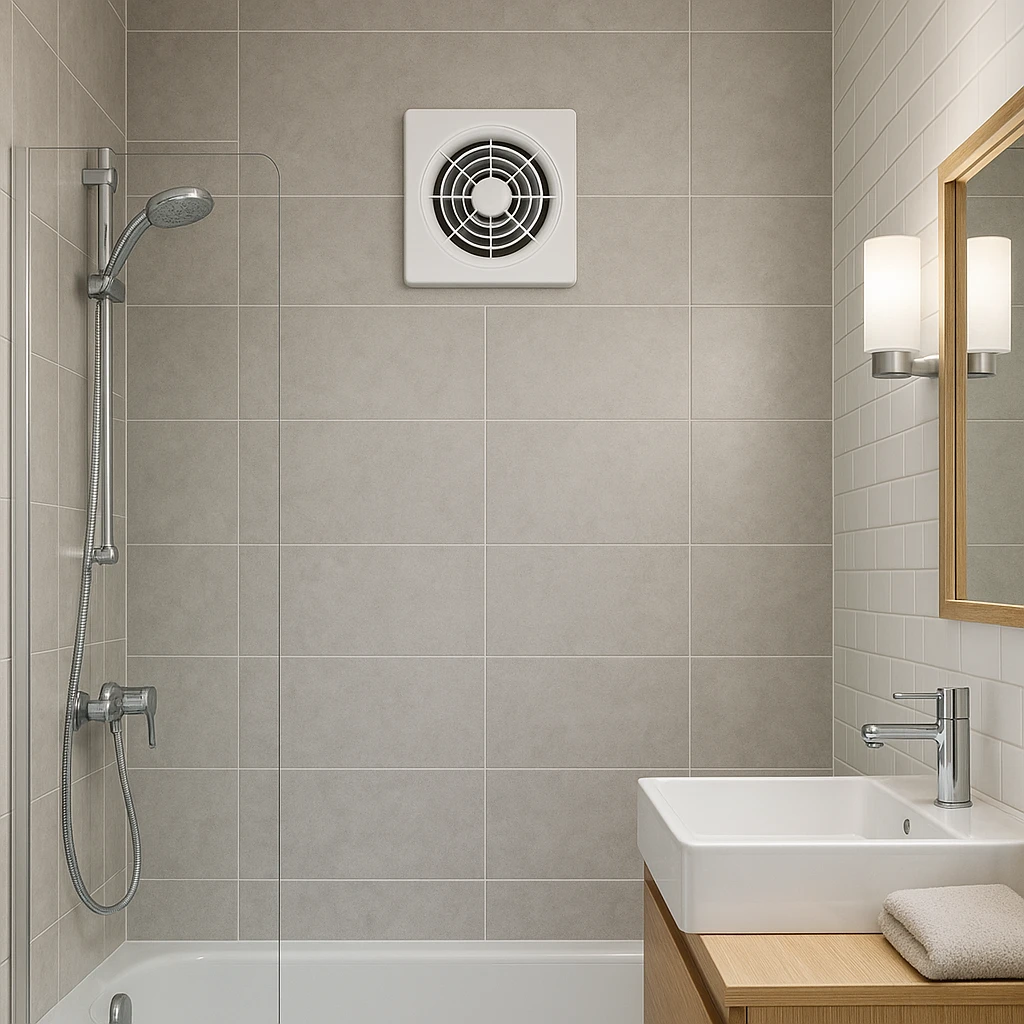Often discreet, the controlled mechanical ventilation system (VMC) nevertheless plays an essential role in ensuring a healthy living environment. It continuously renews indoor air, reduces humidity, and prevents the buildup of pollutants.
A poorly maintained system, however, can affect your comfort, your health… and even increase your energy bills. Here are the right habits to keep your VMC in perfect condition all year round.
VMC maintenance: why is it essential?
Poor maintenance of a VMC exposes you to several risks:
- More polluted indoor air: dust, mites, odors, and mold can build up more easily.
- Increased humidity: condensation on windows, and the appearance of black or greenish stains on walls and ceilings.
- Health risks: allergies, breathing difficulties, worsening of asthma.
- Reduced energy efficiency: a clogged system will consume more energy while ventilating less effectively.
In short, neglecting VMC maintenance means risking living in a less healthy and far less comfortable home than it should be.
“Neglecting VMC maintenance means risking living in a less healthy and far less comfortable home than it should be.”
Regular cleaning of air vents: a simple and effective habit
The first simple yet often overlooked action to take care of your VMC is to dust and clean the extraction vents located in the kitchen, bathroom, or toilet. This process can be done easily in just a few steps:
- Gently remove the vents;
- Wash them with warm soapy water;
- Let them dry completely before reinstalling.
To ensure optimal airflow throughout your home, repeat this operation every three months.
Checking the filters and ducts
In double-flow VMC systems (the more modern ones), filters capture dust particles. They should be cleaned or replaced every six months. Remember that a clogged filter restricts airflow and strains the motor over time.
As for the ducts, maintenance is less frequent but equally important. A complete cleaning is recommended every 3 to 5 years, performed by a professional, to prevent dust buildup and mold growth.
Periodically checking the extraction unit (when possible)
The extraction unit refers to the VMC’s motor. It is usually located in the attic, loft, or a technical cabinet. As a tenant, you should never attempt to dismantle this device. However, from time to time, you can:
- Check for unusual noises (squeaking, vibration);
- Ensure the unit is properly powered;
- Inform your landlord or building manager if you notice anything unusual.
Full maintenance of this part of the system is generally the landlord’s responsibility. However, it is your duty to report any problems.
“Full maintenance of this part of the system is generally the landlord’s responsibility. However, it is your duty to report any problems.”
The importance of good daily habits
Even with an efficient system, some simple habits will help keep your VMC performing well day after day:
- Never block air inlets or outlets (grilles on windows, vents in rooms).
- Air out your home regularly, especially after cooking or showering.
- Avoid placing furniture in front of air vents.
- Maintain a reasonable indoor temperature to prevent condensation (between 19°C and 20°C / 66°F–68°F).
As a tenant, the Civil Code requires you to take care of your home “as a responsible occupant.” In practice, this means performing routine maintenance tasks (cleaning vents, removing dust). However, more complex maintenance work (motor replacement, duct cleaning) is the landlord’s responsibility.

